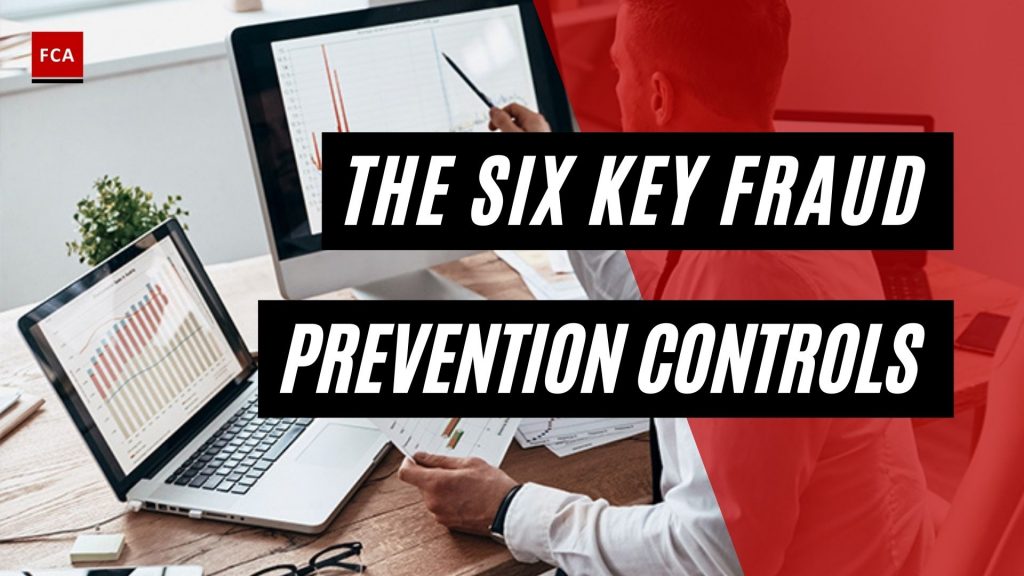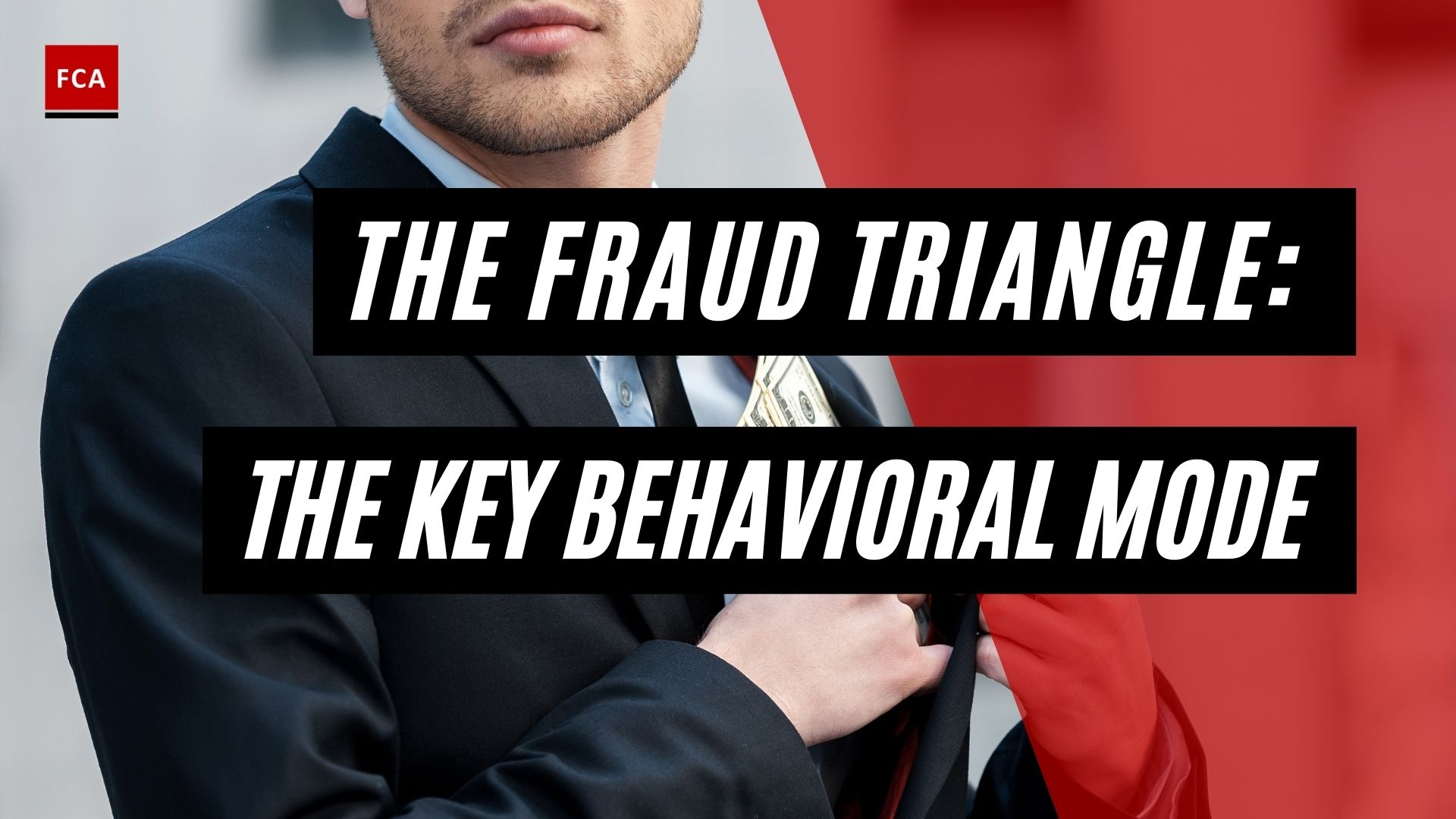The six key fraud prevention controls. Preventive controls work as the foundation of the overall internal controls system, built to prevent fraud incidents. Preventive controls are applied in every process and department of the organization and aim to restrict any activity that may lead to the occurrence of fraud.

The Six Key Fraud Prevention Controls
Fraud Prevention – The Three “Hard” Controls
Hard controls lead to directly visibly changed behavior or actions. Employee behavior is directly influenced. Key elements of hard controls are planning and control, tasks, responsibilities, and authorizations. Hard controls can be observed and are therefore relatively easy to test. Hard controls are built to ensure that processes and systems are run effectively and efficiently, resulting in the avoidance of frauds and non-compliances. Examples of hard controls are staff vetting, job rotation, and fraud awareness training programs.
Staff Vetting
Staff or Employee screening acts as the first line of defense against fraud. The pre-employment screening is an important part of the organization’s overall fraud risk management activities, performed by the human resource function. It requires investigative skills and access to a wide array of public information databases.
All the candidates applying for the job should complete a comprehensive application form. All candidates are advised that it is the organization’s policy to carry out in-depth screening before their appointment; therefore, the candidates must provide correct information.
The application form and the CV are used for detailed checks with educational institutions, previous employers, and other publicly available records. Reference checks are performed for the candidates where previous employers are approached to identify the candidate. All educational certificates are inspected and independently verified.
Background searches are performed using public databases and information sources. These might include directorship searches to ensure there are no potential conflicts of interest, bankruptcy searches, and media searches. Criminal record searches might also be considered.
Job Rotation and Mandatory Vacations
Organizations must implement processes and procedures where employees are allowed to rotate their jobs and move to different roles in other departments and functions. This minimizes the risk of fraud because an employee working for a long time in one department might get frustrated and mat start exploiting the processes and internal controls for personal advantage.
Employees must be provided with mandatory vacations to ensure that they remain motivated and get the time to enjoy themselves with family members. Motivated and satisfied employees are less likely to conduct fraudulent activities.
Anti-fraud Policy Statement
Organizations must develop an anti-fraud policy statement and get it approved by the board of directors. Such a policy should be accessible to every employee of the company. The policy should clearly state the board’s expectations and management from the employees, and clauses must be mentioned covering the disciplinary actions which shall be taken against those employees who are found guilty of misconduct or fraud.

Fraud Prevention – The Three “Soft” Controls
Soft controls are about the culture and behavior of senior management, middle management, and employees and their impact on achieving organizational goals and objectives.
Soft controls can be regarded as measures influencing employees’ motivation, integrity, and satisfaction. Employees feel secure and recognized when soft controls are effectively applied. The behavior of senior management, such as regular feedback systems from the employees, giving appropriate resources to the employees, and providing a positive work environment, all contribute to the enhancement of employee behavior.
Employee Support Programs
The organization develops employee support programs get them approved by the board of directors. Such programs enable employees to work with motivation, and a feeling of recognition is provided to the employees through such programs. Employees who feel recognition and support are less likely to conduct fraud.
Fraud Awareness Training Programs
Organizations are required to develop and devise a training program for the employees’ awareness. Such awareness programs help employees understand the requirements of management and a better understanding of their roles. Training programs serve as a refresher for the employees, where they may upgrade them about the policies and procedures of the organization.
Management Review of Internal Controls
Management of the organization consisting of departmental heads as members, review the internal controls periodically, under the supervision of Chief Executive Officer (CEO). Every departmental head is responsible for presenting the internal controls evaluation report to other members of the management team. This brings in the transparency and ownership of internal controls.
Through the review of internal controls, the management gets insights into the culture of compliance and possible fraud risks. Such reviews enable the application of required mitigants on a timely basis resulting in the avoidance of fraud incidents.
Final Thoughts
The importance of prevention and detection in reducing this loss cannot be overstated. Every organization should have a plan in place because preventing fraud is much easier than recovering losses after the fact. Forensic accounting services can help to avoid such situations and uncover financial fraud. It can assist you in determining where stolen money has gone and how to recover it.









